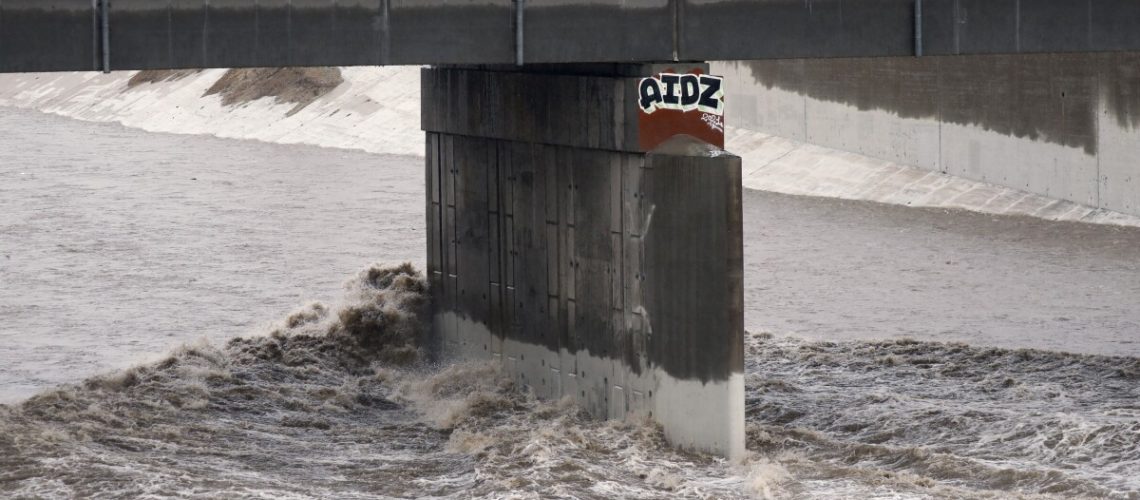To the editor: Residing in Southern California, we live in a semi-arid environment. Unless we want to dry up and blow away, we definitely need to capture and use the precious rain we get here, as your editorial noted.
But we also need to prioritize and encourage the use of residential greywater. Water usage in the Southland is based on a wasteful single-use model. Bath, shower and laundry water is used only once and then sent into the sewage system.
This water could be safely diverted for use on outdoor landscaping with an in-home greywater system. Using greywater has numerous benefits, including saving water, lowering bills, diverting water into aquifers and creating cooler micro-climates.
Legislation should be enacted that requires all new construction to be fitted with greywater systems. There should also be government incentives provided for installation in existing residences. Greywater use is a key component in mitigating drought conditions in California.
Julie Starrett, Claremont
..
To the editor: Your editorial about the relationship between regional geography and water use made many good points. California’s water system was designed for old climate patterns, and we must adjust, including by capturing more rain.
Orange County is a leader in groundwater management. Flood flows create an opportunity to recharge groundwater aquifers, providing more water supply reliability to grow the food we all want. Farmers in Orange County and elsewhere are all a part of that.
Unreliable farm water supplies are not good for Californians. Less California-grown food means fewer food choices, higher prices and more imports, often from places with less stringent safety standards.
Providing the water needed for farms, people and the environment to thrive throughout California can happen if we work together.
Mark Lopez, Irvine
The writer is president of the Orange County Farm Bureau.
..
To the editor: One concern not mentioned in the editorial is the depletion of the aquifer under the Central Valley, causing the ground to sink.
In years of heavy snow in the Sierra Nevada, we need creative minds to figure out how to get some of that water back into the aquifer while still having adequate flow to keep our rivers healthy.
Linda Roselund, Rosemead
..
To the editor: William Mulholland famously said, “There it is — take it.” Today, it’s more like, “There it isn’t — now what?”
Agencies’ attention is almost exclusively on massive, expensive water projects. That won’t work when water is oversubscribed and there’s less of it.
Rooftop solar panels have eliminated the need to build more fossil-fuel power plants. They involve public participation, one small rooftop at a time. The region would be similarly well served by “distributed recharge” of rain water.
We need to incentivize rain water capture and recharge, one property at a time. Eliminate any rebates for installing impervious plastic lawns. Empower neighborhood councils (they get public funding) to implement programs locally.
Douglas Hileman, Valley Glen



